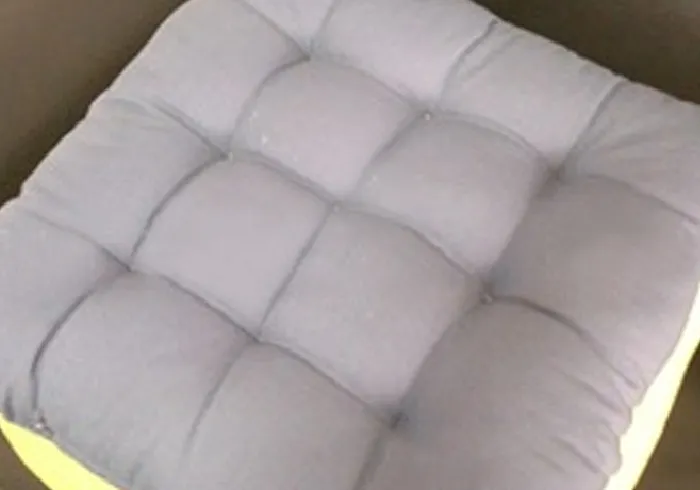Typical Cylinder Arm Sewing Machine - Precision Sewing for Upholstery and Beyond
Exploring the Typical Cylinder Arm Sewing Machine
The cylinder arm sewing machine is a specialized piece of equipment that is pivotal in the garment and textile industry. It is designed primarily for sewing cylindrical or curved items that are challenging to handle with standard flatbed sewing machines. This makes it an essential tool for manufacturers producing garments such as sleeves, cuffs, and leg openings, as well as items like bags, hats, and other tubular fabrics.
One of the most distinguishing features of the cylinder arm sewing machine is its unique arm design, which allows the operator to easily maneuver materials around a circular or cylindrical surface. The arm extends vertically from the sewing bed, creating a space beneath it that can accommodate various fabric shapes. This design enhances flexibility and accessibility, allowing for precision stitching even in hard-to-reach areas.
Cylinder arm sewing machines come in a variety of models, each catering to different sewing needs and stitch styles. Some machines are equipped with multiple needle configurations, enabling sewing of intricate designs and patterns. Additionally, many models feature built-in feed mechanisms that help in maintaining fabric movement and alignment, ensuring an even feed and consistent stitching.
typical cylinder arm sewing machine

The machine's versatility is further enhanced by its ability to accommodate various types of stitching—whether it’s straight stitching for basic seams or more complex stitches like zig-zag or overlock for added durability and elasticity. This adaptability makes cylinder arm machines especially popular in fashion design and custom garment production, where detailed finishes and unique designs are often essential.
Moreover, cylinder arm sewing machines often possess high speeds and robust construction suited for industrial environments. Many models are designed to withstand extensive use and heavy-duty applications, making them reliable for high-volume production runs. Operators can also benefit from features such as automatic thread cutting, adjustable stitch length, and customizable presser foot pressure, which provide convenience and enhance productivity.
In terms of maintenance, it is crucial to regularly service cylinder arm machines to ensure smooth operation
. Proper lubrication, timely replacement of worn-out parts, and routine calibration are vital practices that help in extending the lifespan of the machine and maintaining its performance.In conclusion, the typical cylinder arm sewing machine is an invaluable asset in the sewing industry, particularly for specialized tasks involving tubular fabrics. Its unique design and operational features facilitate the efficient creation of intricate garment components and other textile products, making it a cornerstone in modern apparel manufacturing. Whether for small-scale tailoring shops or large-scale factories, cylinder arm machines remain a critical tool for achieving high-quality sewing results.
-
Leather Sewing Machine: The Industrial Standard for Tough MaterialsNewsJul.18,2025
-
Sail Making Machine: Heavy-Duty Stitching for Industrial and Marine NeedsNewsJul.18,2025
-
Sling Sewing Machine: The Backbone of Heavy-Duty FabricationNewsJul.18,2025
-
Leather Sewing Machine: Precision for Heavy-Duty StitchingNewsJul.18,2025
-
Big Bag Sewing Machine: Powering the Future of Bulk PackagingNewsJul.18,2025
-
FIBC Sewing Machine: Essential Equipment for Bulk Bag ProductionNewsJul.18,2025
-
Heavy Duty Leather Sewing Machine: A Must-Have for Professional LeatherworkNewsMay.28,2025





























